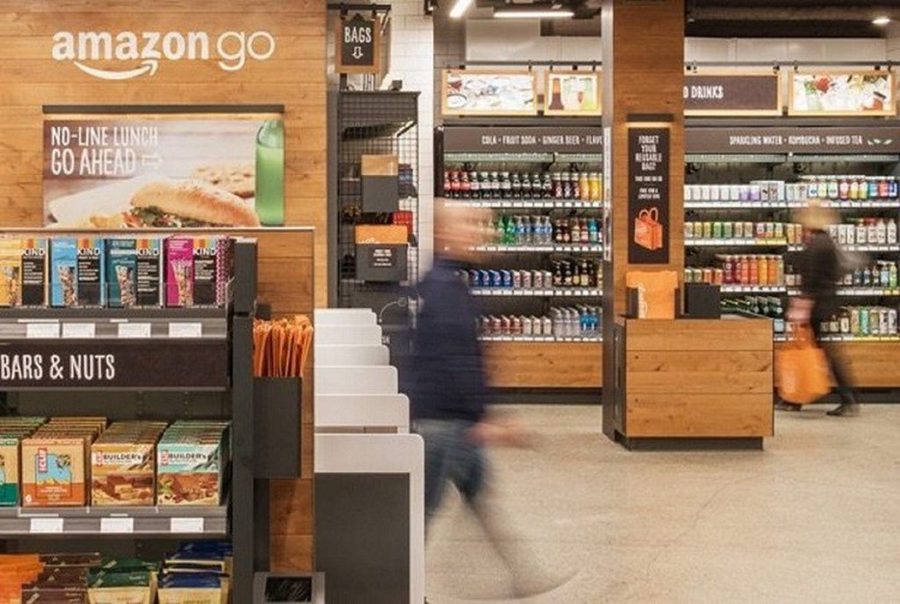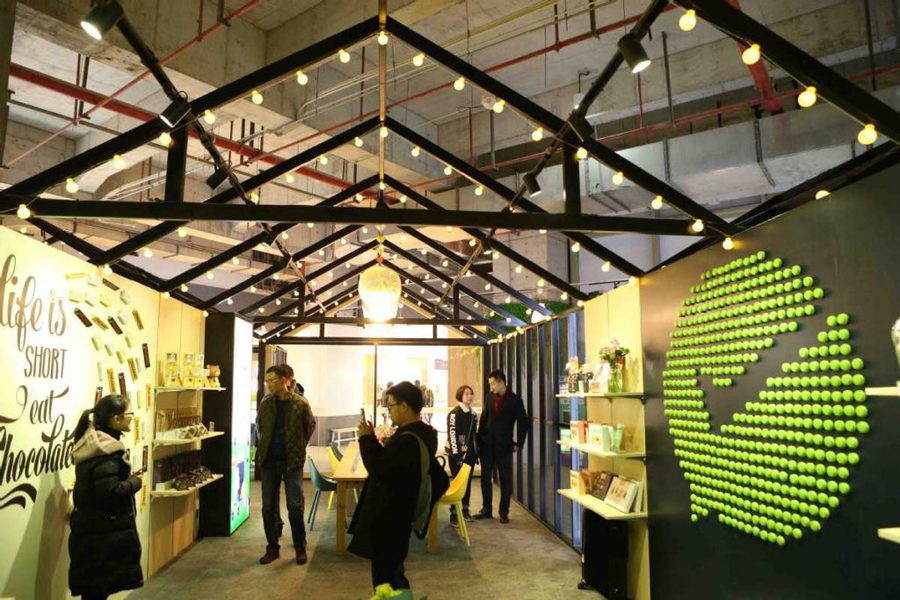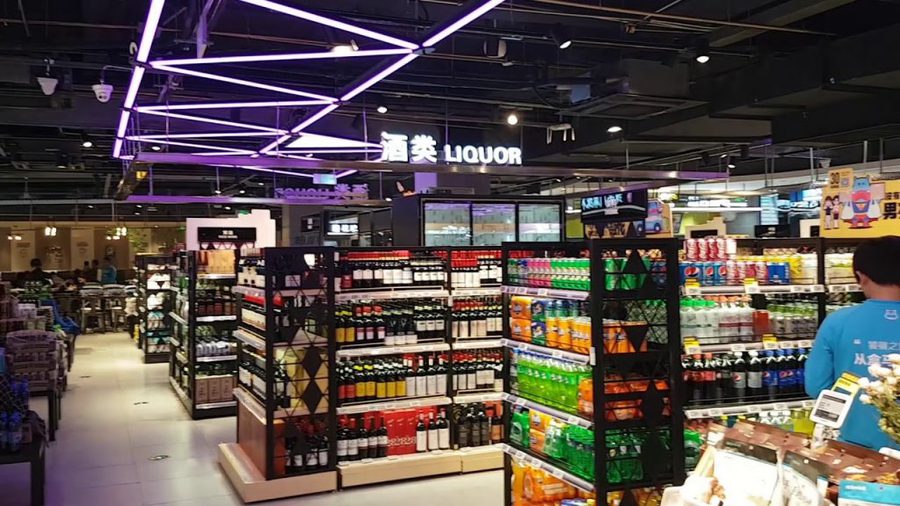What we love
Its ‘just walk out’ tech. The Amazon Go strapline is ‘No lines, No checkout’. In order to access the store customers need the Amazon Go app that’s synched to their payment details. On entering the store they need to scan their phones at the electronic gates and once inside all the products have radio frequency tags that synch to the app. Payments are taken from the app a few minutes after leaving the store. Has Amazon just created the ultimate convenience shopping journey?
It’s still staffed. The hero features of this store may revolve around tech, however, it is also staffed with knowledgeable sales assistants. We love that Amazon has not forgotten that face-to-face interactions and a human connection are essential to good retail. Read more about the human touch here.
It pretty much eliminates shoplifting. Once inside the shop, customers’ movements and shopping behaviours are tracked by the app (enabling Amazon to collect some unprecedented consumer data). But even if a customer turned off their phone while inside the store, there are a plethora of cameras tracking their every move, also they would need to jump over the electric gate at the entrance, which is unlikely to go unnoticed!
It’s positioning. Liberal Seattlites will find plenty of product to their liking at Amazon Go. The small store (1,800 sq ft) is stocked with a number of vegan and paleo items, as well as healthy meal kits and the sort of fresh produce (gourmet cheese, cured meats) you’re likely to find at an upmarket deli. Amazon Go does a good job of repositioning the convenience store as a more premium offer and feels a world away from the usual 7 – elevens or bodegas.
This venture by Appear Here aims to provide a platform for young designers by giving them a space ‘The Edit’ at the Roosevelt Mall in Long Island, New York.


















